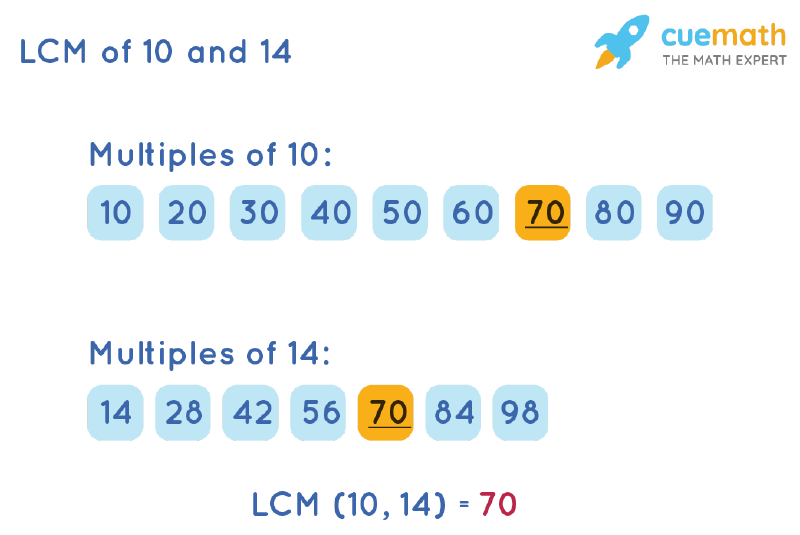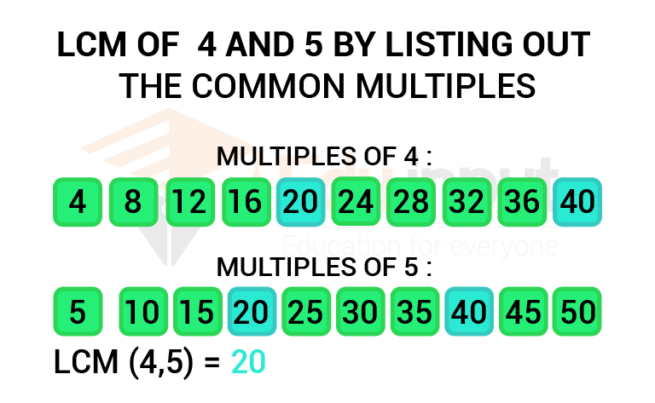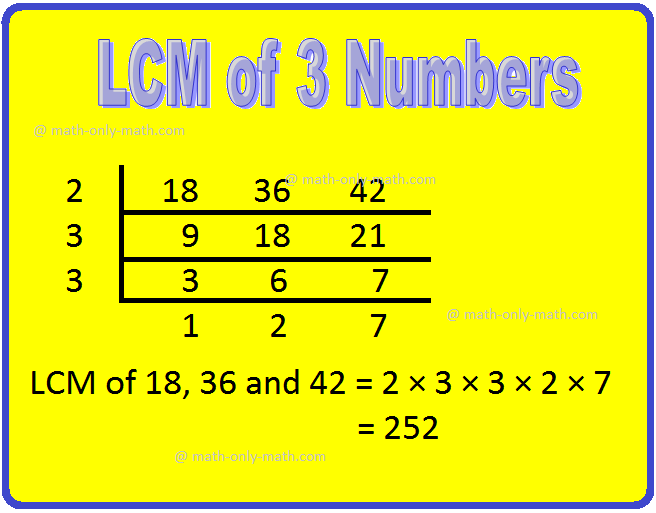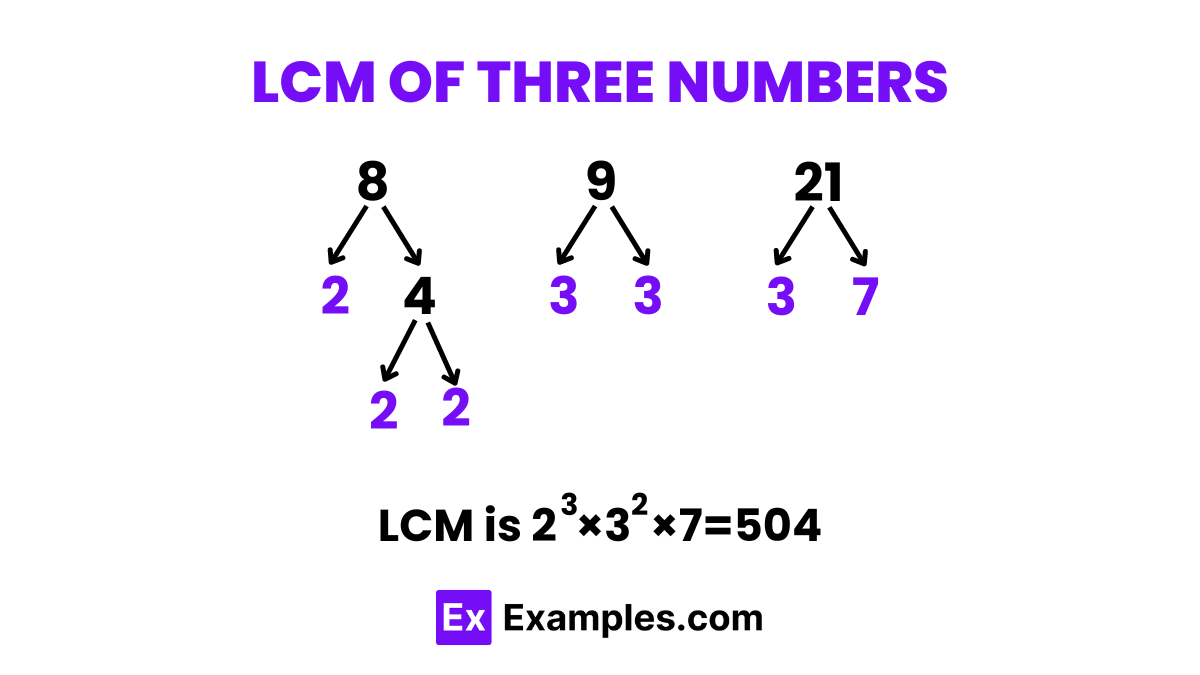What Is The Lcm Of 10 And 3
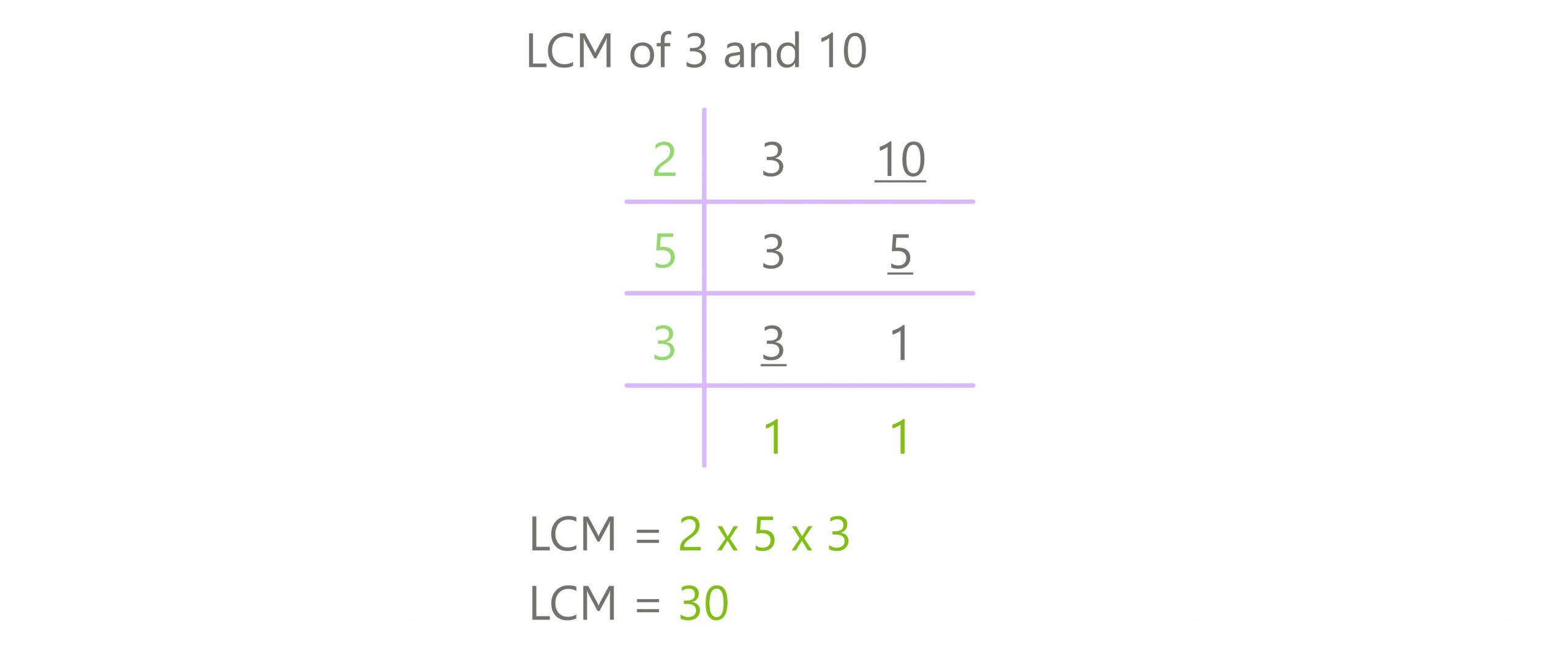
In a surprisingly widespread online query, individuals across various platforms have recently sought clarity on a seemingly elementary mathematical concept: the Least Common Multiple (LCM) of 10 and 3. The surge in interest has prompted math educators and online resources to address the question, highlighting the continued importance of fundamental arithmetic skills.
The query, while simple in nature, underscores a critical need for accessible math education and the availability of reliable resources. This article explores the significance of the LCM, its calculation, and the potential reasons behind the heightened interest in this specific problem.
Understanding the Least Common Multiple (LCM)
The Least Common Multiple (LCM) of two or more numbers is the smallest positive integer that is perfectly divisible by each of the numbers. In simpler terms, it's the smallest number that all the given numbers can divide into without leaving a remainder.
Understanding the LCM is crucial for various mathematical operations, particularly when dealing with fractions and ratios. It provides a common ground for comparing and manipulating these mathematical entities.
Calculating the LCM of 10 and 3
Determining the LCM of 10 and 3 is straightforward. There are several methods to achieve this, including listing multiples, prime factorization, and using the greatest common divisor (GCD).
One of the most common methods is listing the multiples of each number. Multiples of 10 are 10, 20, 30, 40, and so on. Multiples of 3 are 3, 6, 9, 12, 15, 18, 21, 24, 27, 30, and so on.
By examining these lists, it becomes clear that the smallest number that appears in both is 30. Therefore, the LCM of 10 and 3 is 30.
Prime Factorization Method
Another method involves prime factorization. The prime factorization of 10 is 2 x 5. The prime factorization of 3 is simply 3.
To find the LCM using prime factorization, we take the highest power of each prime factor that appears in either number's factorization. In this case, we have 2, 3, and 5, all raised to the power of 1.
Therefore, the LCM is 2 x 3 x 5 = 30. This reaffirms the result obtained through the listing multiples method.
The Significance of the Question's Popularity
The spike in online searches for the LCM of 10 and 3 raises questions about the potential causes. It could be attributed to several factors.
One possibility is a homework assignment or a quiz question that prompted many students to seek assistance online simultaneously. Another explanation could be a viral meme or a social media trend that drew attention to this specific mathematical problem.
Regardless of the exact reason, it highlights the reliance on online resources for educational support and the potential for viral content to influence search trends.
Addressing Math Anxiety and Building Confidence
The widespread search also suggests a need to address math anxiety and build confidence in basic mathematical skills. Many individuals may feel intimidated by mathematics, leading them to seek external help even for relatively simple problems.
Providing accessible and engaging learning resources can help alleviate this anxiety and empower individuals to tackle mathematical challenges with greater confidence. This includes offering clear explanations, step-by-step examples, and opportunities for practice.
Furthermore, fostering a positive attitude towards mathematics and emphasizing its relevance in everyday life can encourage more people to embrace the subject.
The Role of Online Resources in Math Education
The internet has become an invaluable resource for math education, offering a wealth of information and tools for learners of all ages. Websites, videos, and interactive platforms provide diverse learning experiences that can cater to different learning styles.
However, it's crucial to ensure the accuracy and reliability of online resources. Students should be encouraged to consult multiple sources and verify information with trusted educators or textbooks.
Furthermore, online resources should be used as supplementary tools rather than replacements for traditional classroom instruction. A balanced approach that combines online learning with face-to-face interaction can maximize the benefits of both.
In conclusion, the seemingly simple question of the LCM of 10 and 3 has sparked significant online interest, revealing valuable insights into math education and the role of online resources. It underscores the continued importance of foundational arithmetic skills, the need to address math anxiety, and the potential of online platforms to support learning. While the answer is a definitive 30, the ripple effect of the query reveals a larger conversation about mathematical literacy in the digital age.
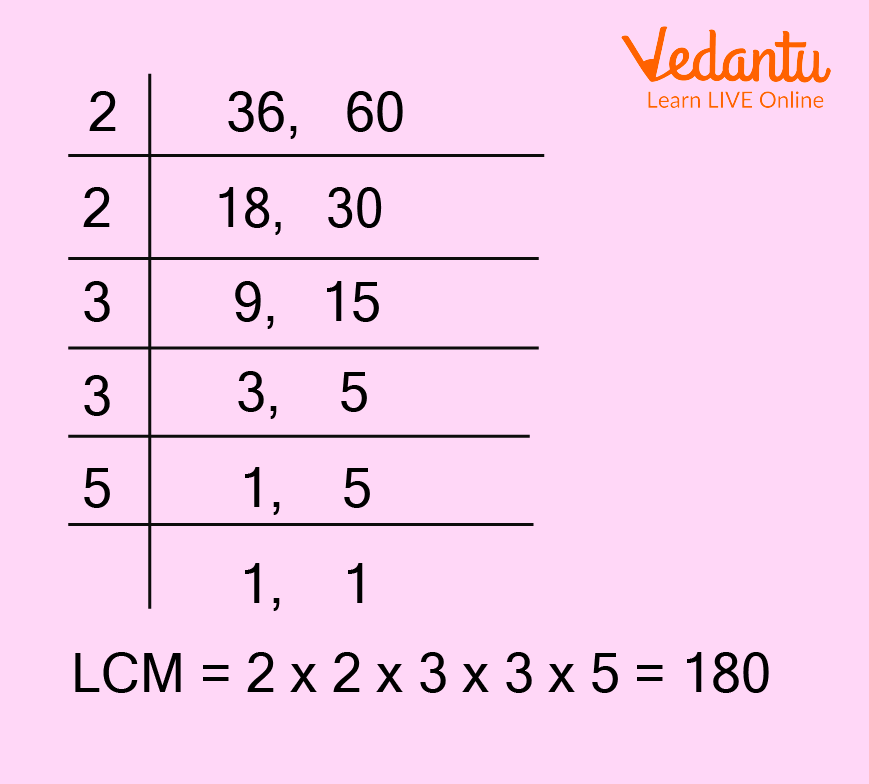
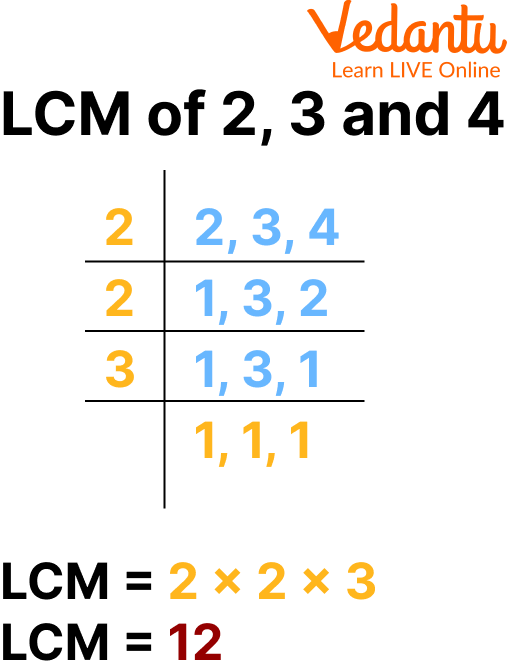
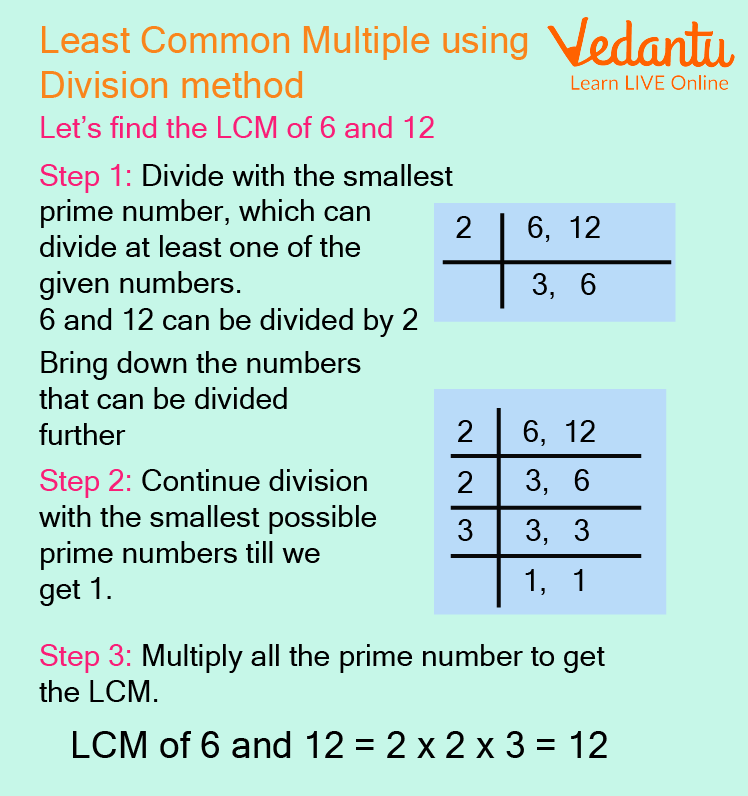
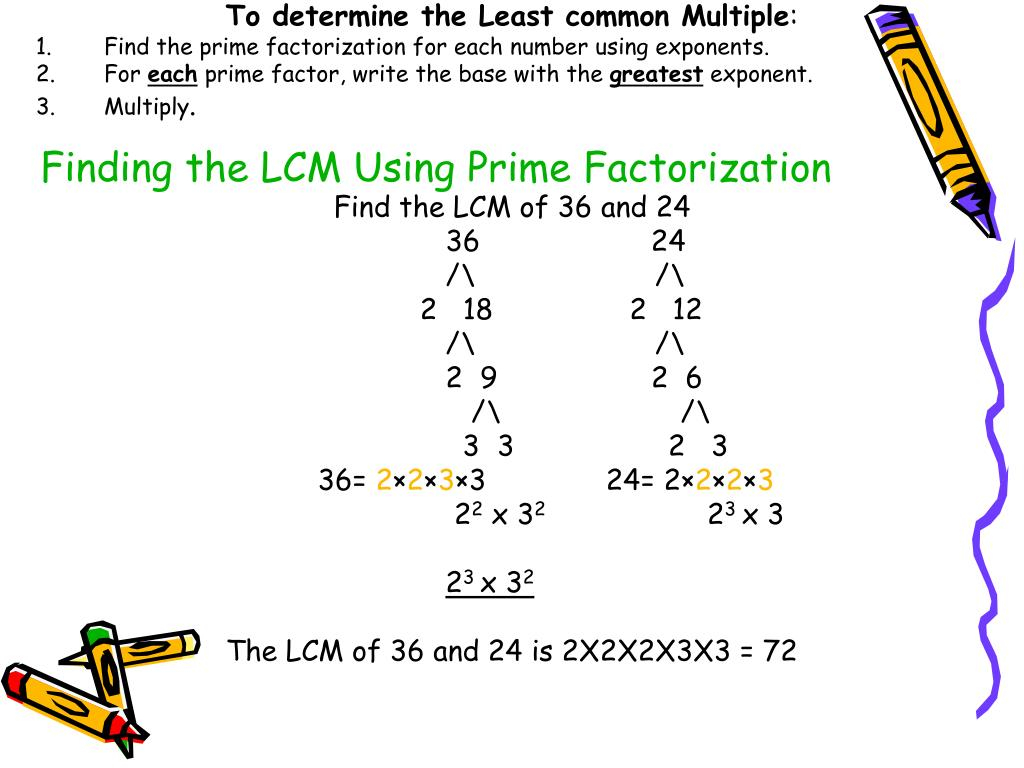



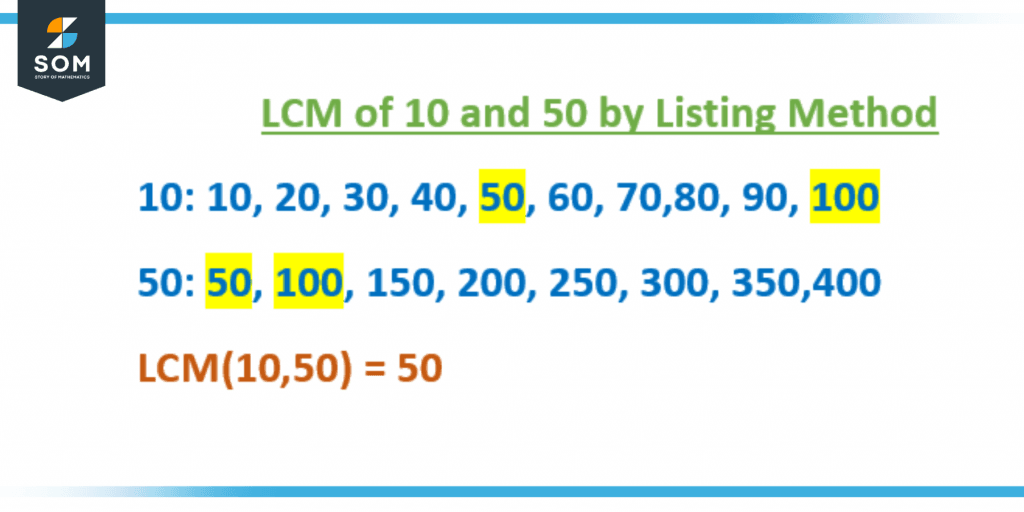
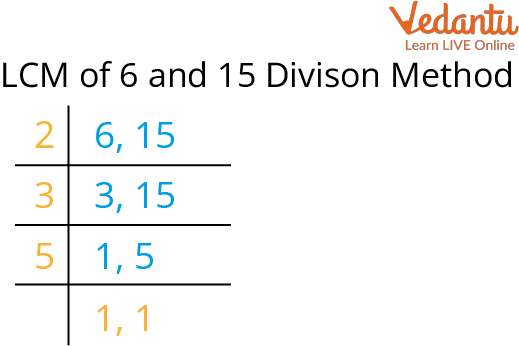
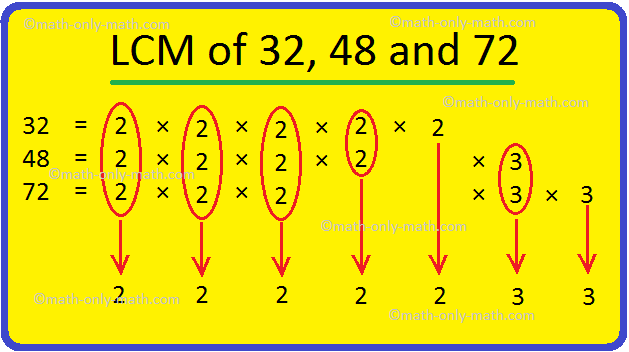
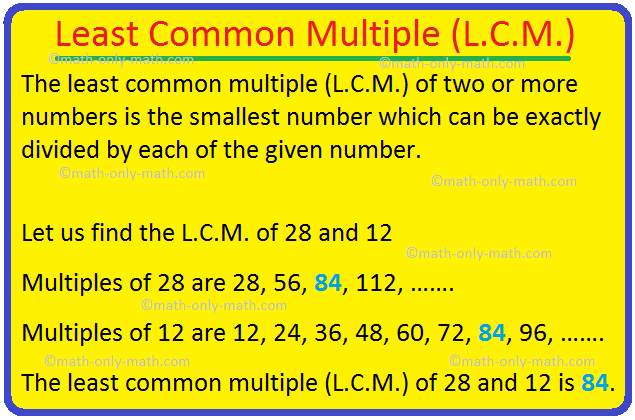

/Activities/Guide62_LeastCommonMultiple-Example-1_v1.png)
